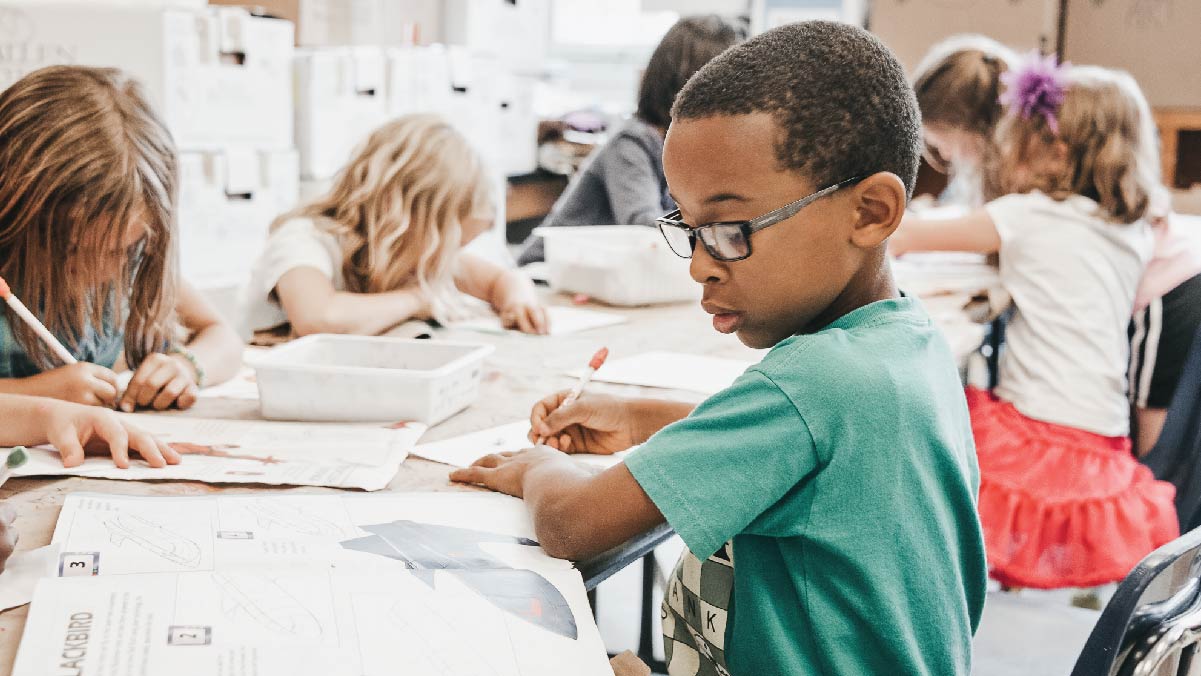

As a counselor for kids and teens, I’ve heard from many students that they are very much over this whole quarantine thing. Aren’t we all? But with the start of a new school year they are now going back into an environment that looks nothing like school as they used to know. With a few weeks of online learning followed by a choice to return to the school buildings, a majority of students won’t have normal passing periods to interact with their peers, or extracurricular activities to serve as a physical or creative outlet. For most students the best part of their day was the social aspects, followed closely by things that excited them like extracurriculars or their favorite classes. So how will they respond when the things that they’ve been most looking forward to since the beginning of quarantine are no longer going to be offered to them? I wish there was a single, simple answer.
As the school year begins, I suspect that we as a community will observe a lot of frustration from our students. They may feel overwhelmed by attempting to do virtual learning, or perhaps underwhelmed by a school day that doesn’t include their favorite activities. There is a broad spectrum of feelings that will rise up in students across our community and it is up to each individual how we choose to respond to them.
First, we must seek to understand what they are going through. When we hear the overflow of frustration it may sound like complaining, “This isn’t FAIR!” or, “I HATE this, I’m so done with school and I’m never going back.” It may even sound a little more on the anxious or panicked side, “I can’t do this… this is impossible and I can’t learn this way.” I don’t know about you but I personally default to fix-it mode when I hear things like this. I try to problem solve and meet this frustration with easy solutions. Unfortunately, I don’t think this is the best way to meet our students in a time when solutions to a global pandemic seem to be slow moving and without tangible or immediate results. Rather than trying to help our students fix their frustrations, it is crucial that we seek to meet them right where they are with understanding and compassion.
As adults and parents within the community, our gut instinct is to help students push through and learn what needs to be learned so they can continue to grow into functioning members of society. And while I don’t disagree with this, I think the anxiety we are all feeling a few months into a global pandemic might do more harm that good to our students as they face a new school year. Remember what it was like to be a student? The smallest/silliest things felt like they were going to impact our lives forever, and the big picture items seemed too far away to necessitate any importance or concern. Yet now as adults we can clearly see the big picture and we’ve made it our goal to help the next generation adopt our values and agendas. If I may be so bold as to offer an objective point of view, I think our community needs a shift in what we consider to be the “big picture” for our students during this season of life. I would argue alongside experts more knowledgeable than myself that the focus should not be on making sure our students achieve their full academic potential this year.1 But rather, our focus should be on how our students cope with and process this season of life and the difficulties they are facing. Yes, academics are important. But wouldn’t it be neat if our community produced a generation of students who learned to meet hardship with resiliency instead of fear and anxiety?
There are many different ways we can go about doing this, but a great first step is to adjust our expectations for our students. They, just like us, are going through a LOT but without the life experience to know how to handle it well. Meeting our students where they are at will show them acceptance and safety, allowing them the bandwidth to take their next step forward. On a practical level, this might look like having open discussions about what’s going on in their lives and putting our expectations aside for the time being. How do you think students would respond if the adults in their lives began asking them how they are coping with the new school system without bringing ANY to-do’s or hidden agendas to the table? From my experience this sadly isn’t something that students are used to, but over time they can learn that mom/dad/teacher/coach/tutor/whoever is actually a safe person to talk to about what’s really going on in their lives and the areas in which they are struggling. Our community needs to be asking students how the pandemic is impacting their lives on a personal level, and then giving them space to be open and honest.2 While their responses may not include anything we can change or fix, we can at least demonstrate a willingness to listen and allow them to gain a firm foothold for their next step forward as we all learn to adapt in this crazy time.
Amanda Tipps, M.A., LPC-Intern
Supervised by Nancy Derrick, MSCP, LPC-S
1Weir, K. (2020, July 28). Four ways to help students and teachers in the new academic year. http://www.apa.org/topics/covid-19/help-students-teachers
2Collaborative for Academic, Social, and Emotional Learning (2020, July). Reunite, Renew and Thrive: SEL Roadmap for Reopening School. https://casel.org/reopening-with-sel/
Published on Aug 12 @ 12:36 PM CDT


